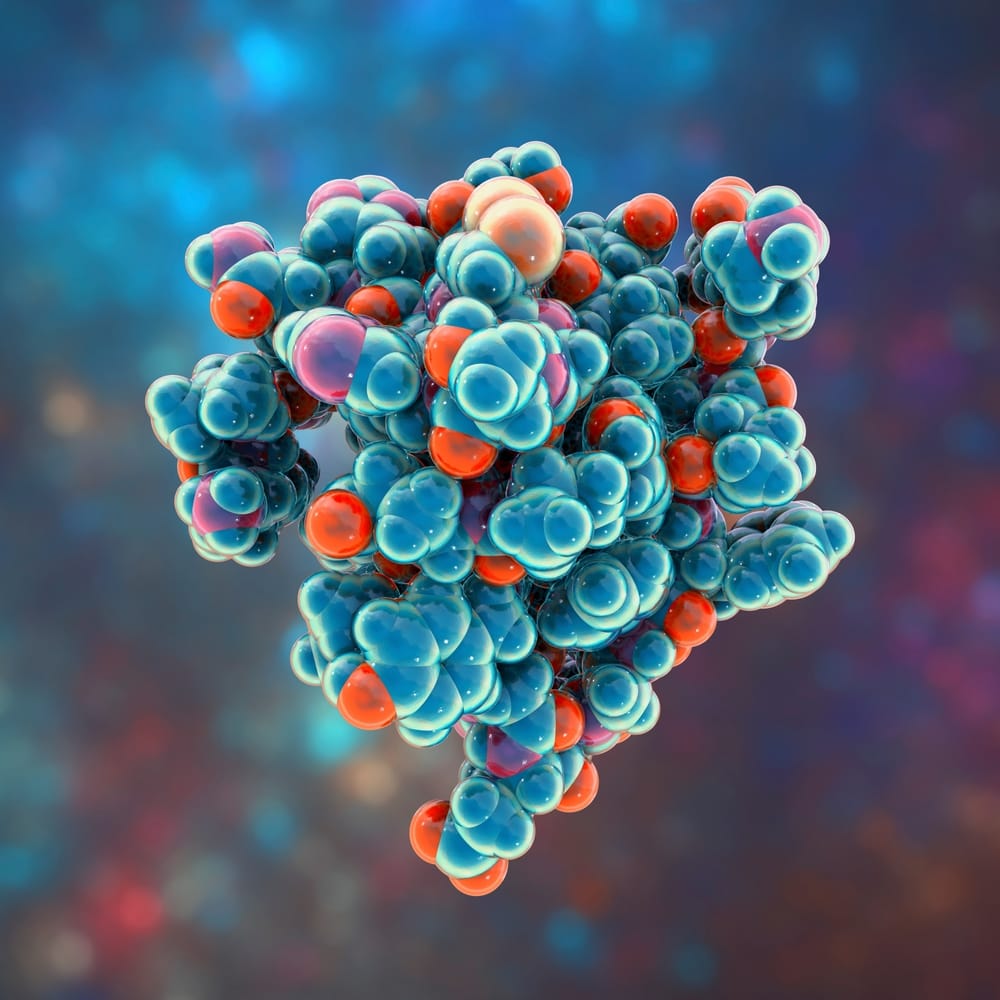How aging impacts hormone production

Hormones are chemical messengers produced by specialized glands and secreted into the bloodstream or body fluids. These powerful substances regulate a variety of physiological processes by acting on target cells located far from their site of origin.
There are two main types of hormones based on their mechanisms of action. Peptide hormones, composed of amino acids, cannot pass directly through cell membranes and therefore rely on intracellular secondary messengers to elicit a response. In contrast, steroid hormones, derived from cholesterol, can cross cell membranes and bind to receptors within the nucleus, influencing gene transcription and protein synthesis.
As we age, the delicate balance of hormones shifts, leading to various changes in bodily functions. For instance, the production of growth hormone (GH) and melatonin generally declines with age.
Growth hormone, secreted by the pituitary gland, plays a crucial role in promoting growth and maintaining tissues throughout the body. It stimulates the liver and kidneys to release somatomedins (insulin-like growth factors), which in turn enhance cell division—especially in the epiphyseal plates of bones during development. Reduced levels of growth hormone in older adults contribute to decreased muscle mass, reduced bone density, and slower tissue repair.
Melatonin, produced by the pineal gland, regulates circadian rhythms and promotes sleep. Its secretion is stimulated by darkness and inhibited by light, resulting in higher levels at night that help induce sleepiness. With advancing age, the pineal gland’s output of melatonin diminishes, which may contribute to sleep disturbances and changes in sleep patterns frequently seen in older adults.
In contrast, certain hormones tend to increase with age, such as parathyroid hormone (PTH) and luteinizing hormone (LH).
Parathyroid hormone, produced by the parathyroid glands, plays a key role in maintaining calcium balance. It increases the activity of osteoclasts, which resorb bone tissue, releasing calcium into the bloodstream. Additionally, PTH enhances calcium reabsorption in the kidneys and stimulates the activation of vitamin D, which in turn promotes calcium absorption in the gut. Elevated PTH levels in older adults can contribute to bone loss and an increased risk of fractures.
Luteinizing hormone, secreted by the anterior pituitary, is essential for reproductive function. In females, it promotes the maturation of ovarian follicles and stimulates the production of estrogen. In males, LH supports the function of Sertoli cells and the spermatogenic epithelium in the testes, both critical for sperm production. As people age, LH levels often rise due to reduced feedback inhibition from declining sex steroid hormones (like estrogen and testosterone), contributing to changes in reproductive function and overall hormone balance.
Understanding how these hormones change with age provides insight into many age-related physiological shifts, including sleep patterns, bone health, and reproductive health. Recognizing these changes is crucial for managing healthy aging and mitigating potential complications.
The Boom Health app provides trusted, vetted caregivers that can help meet your loved one’s specific needs. You can have peace of mind knowing that someone is always watching you or your loved one, offering support, and assisting with daily activities. If you are interested in booking care for you or your loved one, download the Boom Health app on the App Store or Google Play Store.
This article is not intended to be a substitute for professional medical advice or diagnosis. Always seek the advice of your physician or another qualified health provider with any questions you may have regarding a medical condition.




